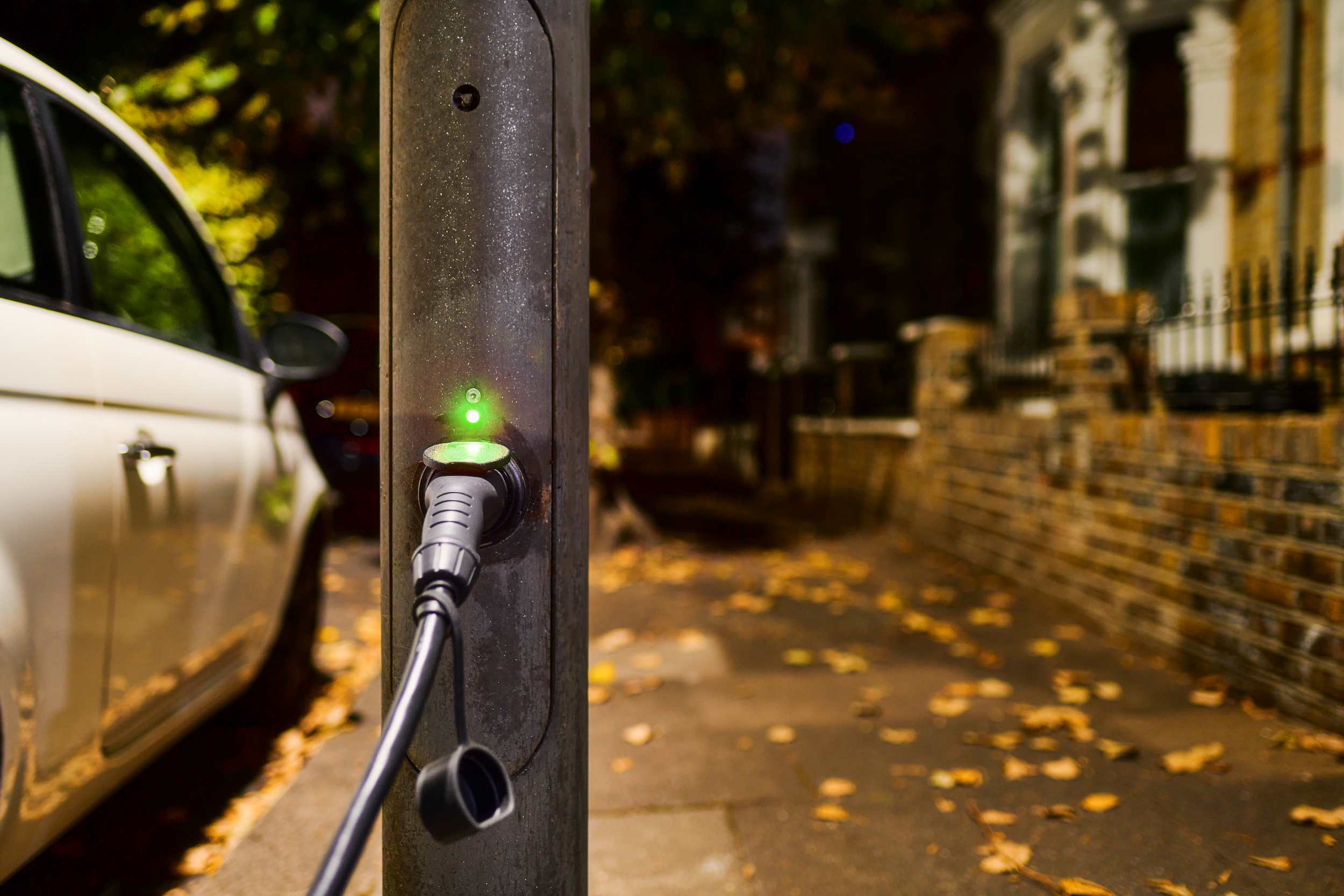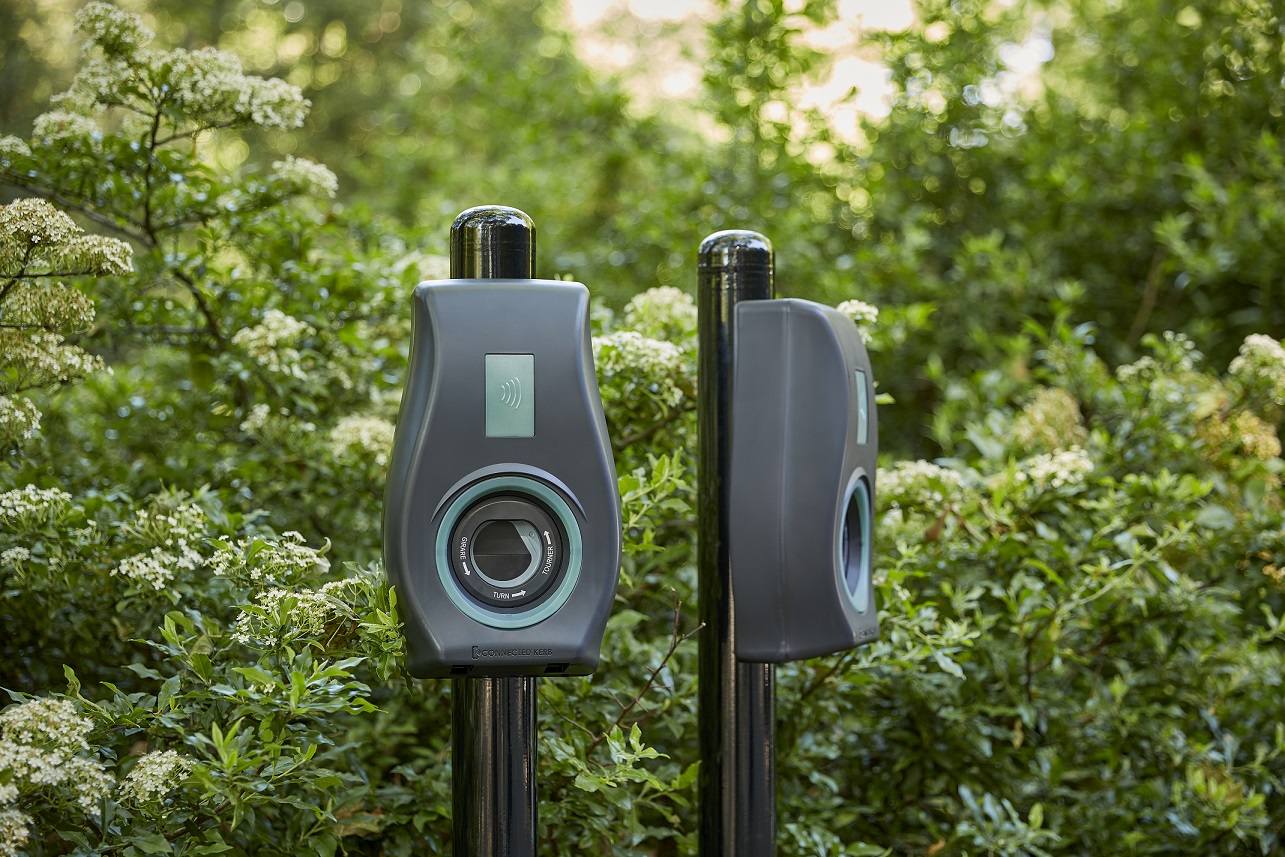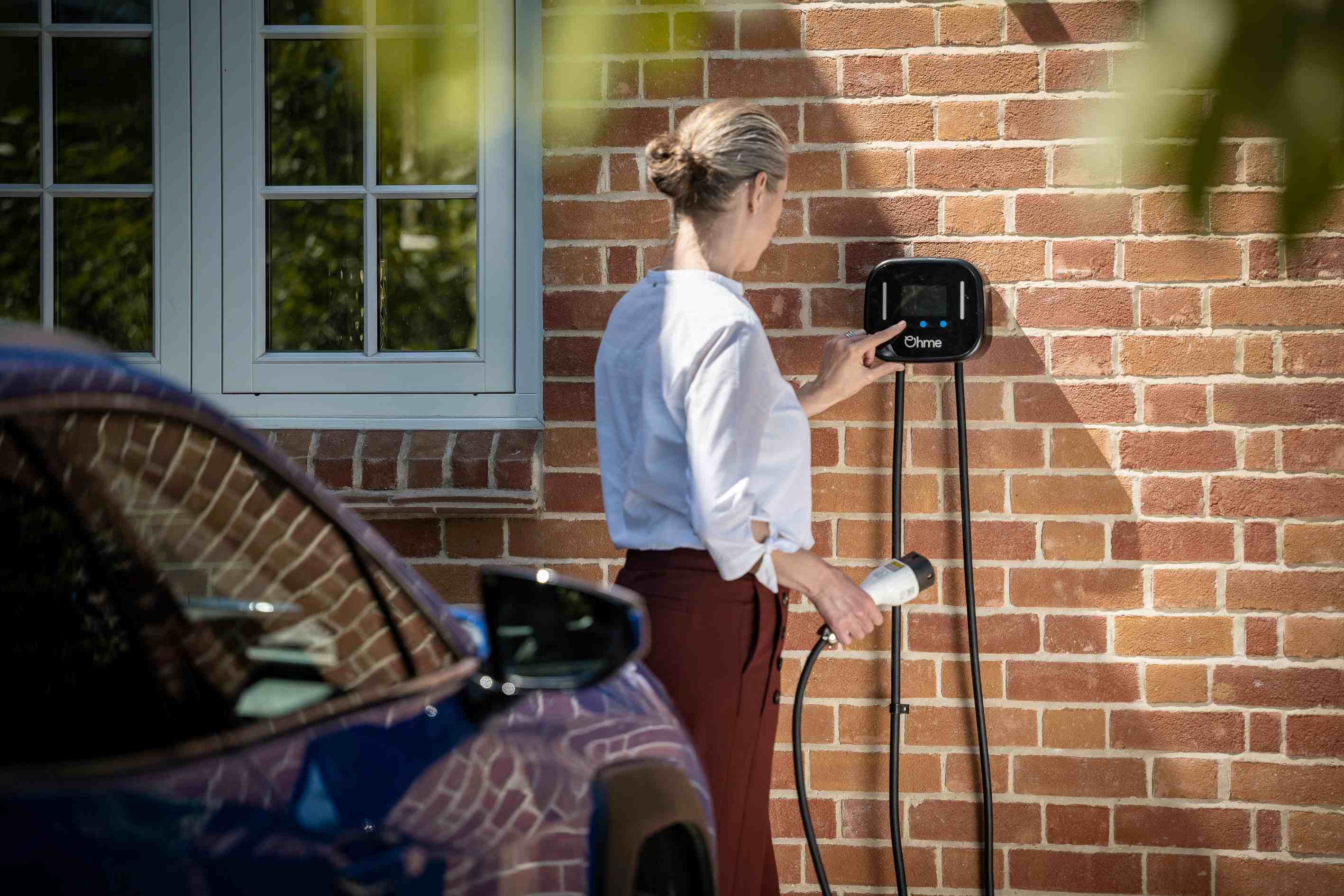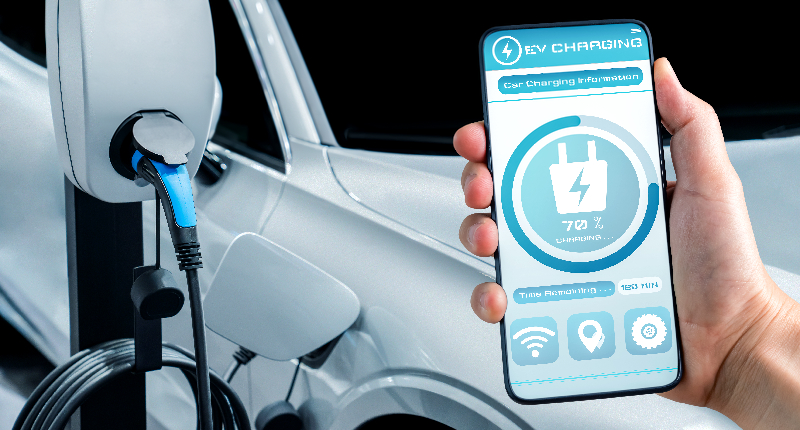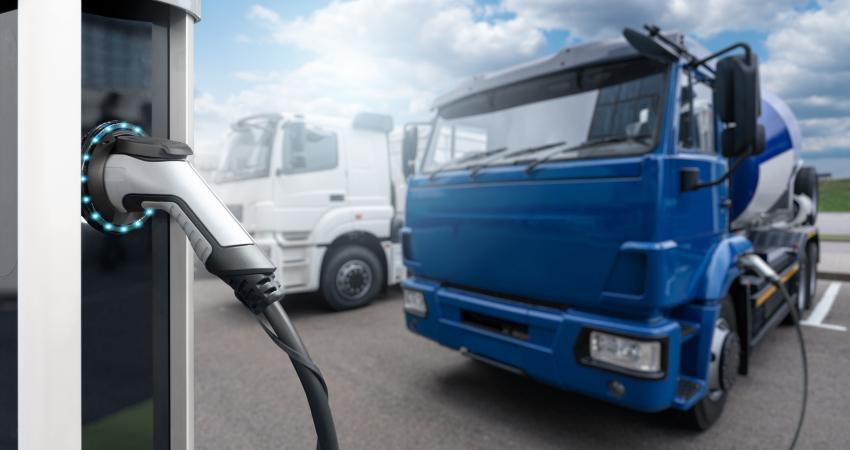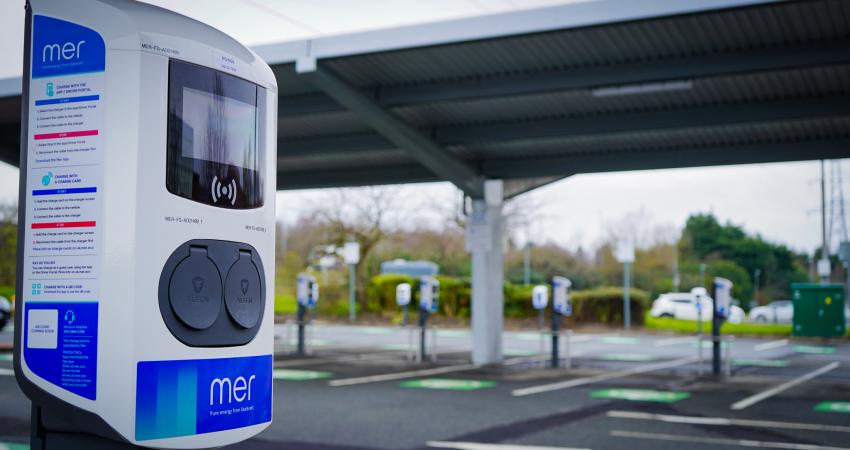
The preliminary results of a trial conducted in the Netherlands by Dutch grid company Enexis and Sweden-based charging station operator Vattenfall in Noord-Brabant and Limburg in the Netherlands show that at least half of the charging peak can be shifted to the evening and night with limited impact for electric drivers.
The pilot is part of a broader strategy of grid operators, charging station operators, government and other stakeholders to make the electricity grid future-proof. The trial ran from November 2024 to March 2025 at almost 800 public charging stations (1,600 charging points) spread across 9 regions in Noord-Brabant and Limburg. The aim was to create more space on the electricity grid at peak times by limiting the capacity of charging stations.
Provincial executive Bas Maes (climate & energy) of the province of Noord-Brabant commented: "Society faces a challenge in the coming years. As we move away from gas, we must ensure that - despite the limited capacity of the current energy grid - everyone has sufficient power. This requires creative solutions. Smart solutions such as these can make optimum use of the available grid capacity."
The charging speed of the stations was adjusted during the trial based on the available space on the electricity grid and the number of electric cars charging at the same time. During peak times, from 3:00 PM to 9:00 PM, the charging capacity was reduced. After 9:00 PM, the available grid space gradually increased again, with full power available around 11:00 PM. The collaboration with the TapElectric app ensured that users were informed about grid restrictions via the app and could opt out.
The pilot showed that it is often possible to postpone use. During the night, there is enough power available to fully charge a battery. Many charging sessions are still completed on time, without users having to stop charging prematurely.
The pilot is distinguished by its scale, with the adjustment of almost 800 charging stations on the low-voltage grid having a significant impact on low- and medium-voltage grids, which are in turn connected to the national high-voltage grid.
“The results of this pilot are promising and it is now important to scale up quickly,” says Maarten Venselaar, portfolio director Mobility at Enexis. “The electricity grid is filling up rapidly and grid costs are rising. In addition, the sustainable mobility transition is continuing at a rapid pace. Efficient integration of electric vehicles is necessary to enable the energy transition. The entire chain is involved in this project: government, grid operator, charging station operator and electric driver.”
After this pilot, Vattenfall and Enexis say they will look at further expanding grid-aware charging to all public charging stations that have been tendered by both provinces. Enexis also wants to expand this approach to the rest of its service area (Groningen, Drenthe and Overijssel). The aim is to apply grid-aware charging to all charging stations, where technically possible. This will only be applied if there is a risk of overloading the low and medium voltage grid. In the meantime, the collaboration partners are working on adding charging points from operators other than Vattenfall. Research is also being done into how electric drivers can be rewarded for participating in grid-aware charging.
Alied Wessels Boer, director of Vattenfall InCharge, said: "Thanks to good cooperation between market parties and grid operator, we can create more flexibility on the electricity grid with smart charging solutions. And take the interests of electric drivers into account. Enexis, the provinces of Noord-Brabant and Limburg and Tap Electric are leading the way in this and we hope that more parties will apply this. We look forward to the further rollout."



